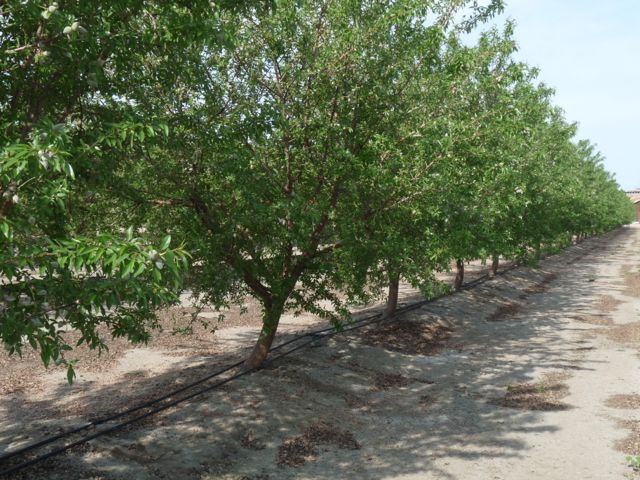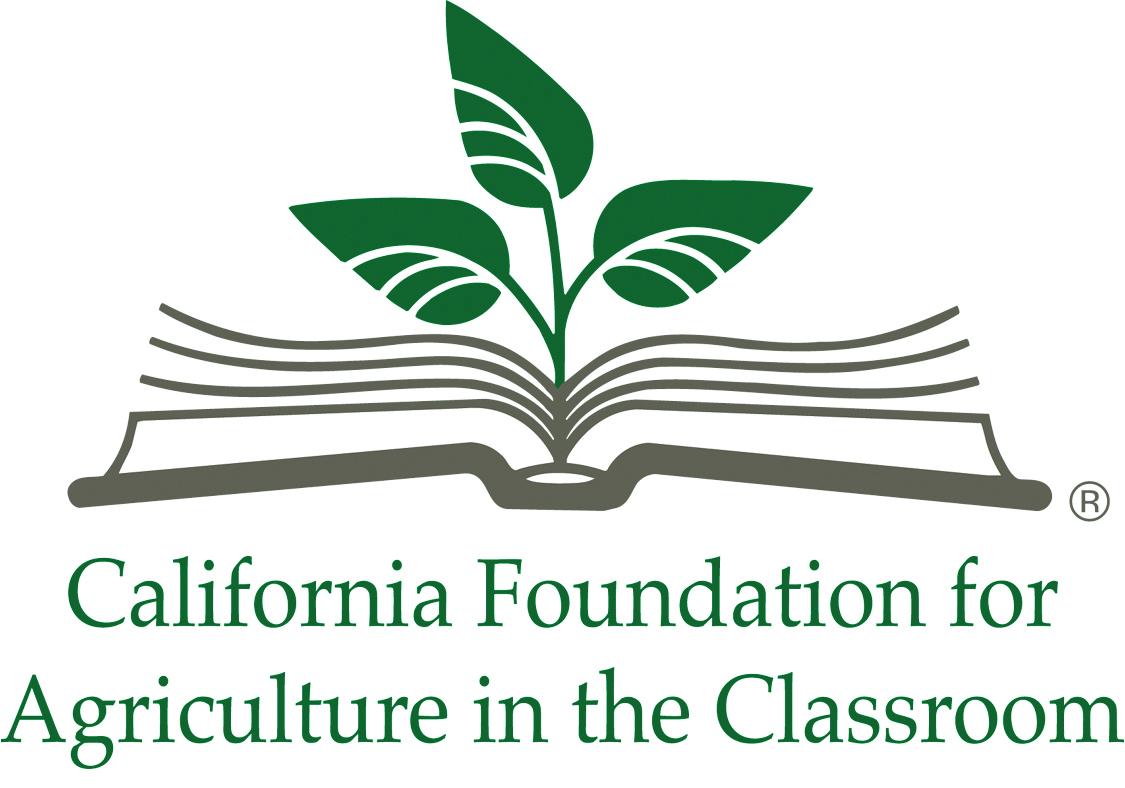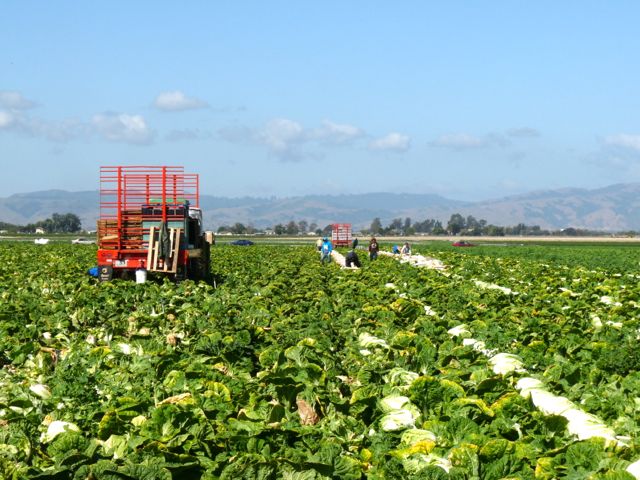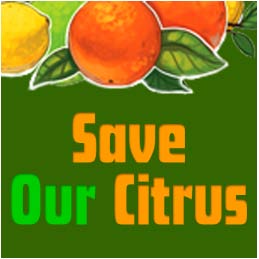Cornell Kasbergen On Federal Milk Marketing Order
Continued Coverage of Milk Hearing
Dairyman Cornell Kasbergen: We Need Federal Milk Marketing Order
By Patrick Cavanaugh, Deputy Editor
Cornell Kasbergen, a dairyman in Tulare County, is fed up with the flawed California State Milk Marketing Order. So much so, that he and other dairymen and women have a great desire to switch to the Federal Marketing Order.
This idea is presently front-and-center in Clovis, CA as USDA officials are holding an historic hearing that may extend into early November.
“It started three to four years ago when our milk prices were dramatically less than those in the rest of the country, and we wanted to get our industry on a level playing field. It has been a lot of work getting the co-ops together, but we are just at the beginning of this whole process.”
Having the USDA here is, in itself, a big beginning,
Kasbergen has worked hard to drum up interest in the idea. “When I was a co-op board member at Land O’Lakes, Inc. [a national, farmer-owned food and agricultural cooperative milk cooperative], we worked with other dairy co-ops and their members to get educated. We discovered, for the last three to four years, California’s whey value in its milk pricing formula deviated from national prices, and California producers were losing money. Once we realized we were leaving a lot of money on the table—over a million dollars a day—it opened people’s eyes. That’s why we are having this hearing.”
“The California Department of Food and Agriculture intentionally left the state’s whey prices lower than the rest of the nation, and though we’ve been petitioning them over and over again to rectify the issue, they have failed,” said Kasbergen. “That’s why we have gone this route in getting our milk prices formulated by the federal government rather than by the state. Our state has really let us down.”
“The CDFA has taken hundreds of millions of dollars out of the dairy farmers’ pockets, the loss is killing the dairy industry in California,” said Kasbergen.









 Kathy Yager, a fifth grade teacher at
Kathy Yager, a fifth grade teacher at  ed consumers in the future.
ed consumers in the future.
 Featured Programs:
Featured Programs:
















